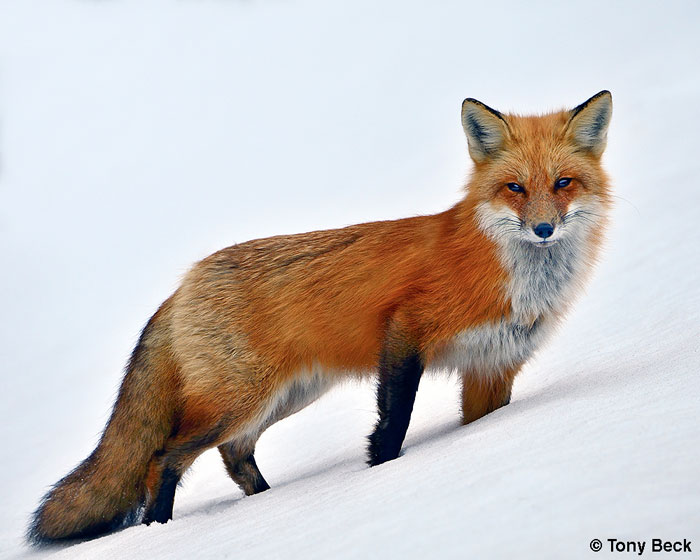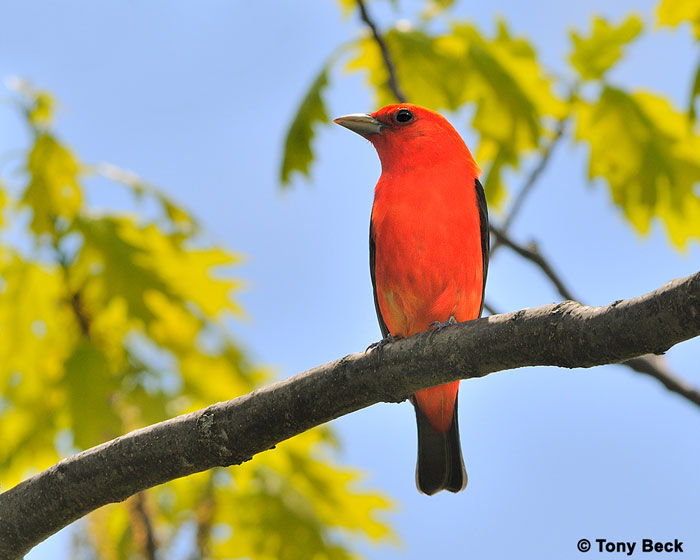But if you're after an aesthetically pleasing photo, overwhelming excitement can distract you from making proper photographic choices. Simple things like crooked horizons or annoying backgrounds might escape your detection as you look through the viewfinder. On top of that, the distractions might prevent you from achieving precise focus or correct exposure levels. Even worse, an intense demeanor might frighten weary wildlife.

To overcome this, you need to develop something I call "fieldcraft." Simply put, fieldcraft is the art of taking photos while you're approaching your subject, or while you're in the "field."
With a bit of practice, you can achieve a frame-of-mind that will improve your awareness and help prevent you from alarming wildlife.
Here are a few tips to prepare you for "field" situations:
- Stay calm, move very slowly and take your time.
- Preset your camera to the settings you anticipate, but pay attention to the information displayed in your viewfinder and adjust your settings according to the situation.
- As you approach your subject, pretend that you’re not interested. Avoid prolonged eye contact with them. Look away from your subject, only looking at it periodically (and only for moments at a time). However, looking at your subject through the viewfinder is OK. Your eyes (and consequently, your prolonged eye contact) will be hidden behind the camera.
- Avoid moving in a direct line toward your subject. Meander slowly in a random direction. Take a few steps backwards and sideways as well as forward.
- Avoid loud or abrupt noises as you move. Watch where you step.
- Avoid quick or abrupt movements. Approach slowly, gracefully and with fluid motion.
- Take photos from a distance to get your subjects used to the sounds of the camera, and to get you into a rhythm with the situation. Continue to take photos as you approach. You can always delete the mediocre ones later.
- Although digital photography is relatively easy, there’s no substitute for practice, practice, practice (then practice some more.)

Although the dramatic scenery of Patagonia gets me excited, my highest hopes are to encounter some cooperative Andean Condors on our photo tour this December!



